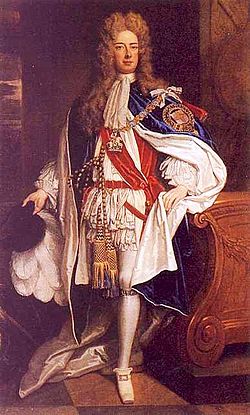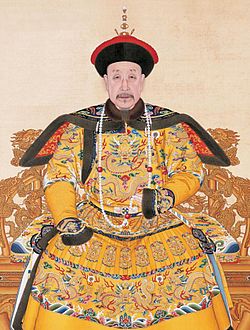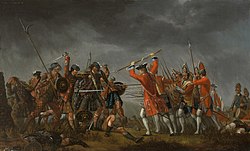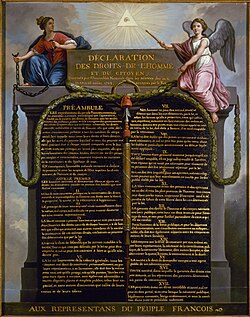Contents
This article needs additional citations for verification .(September 2022) |
| Millennia |
|---|
| 2nd millennium |
| Centuries |
| Timelines |
| State leaders |
| Decades |
| Categories: |
| Births – Deaths Establishments – Disestablishments |
This is a timeline of the 18th century .














